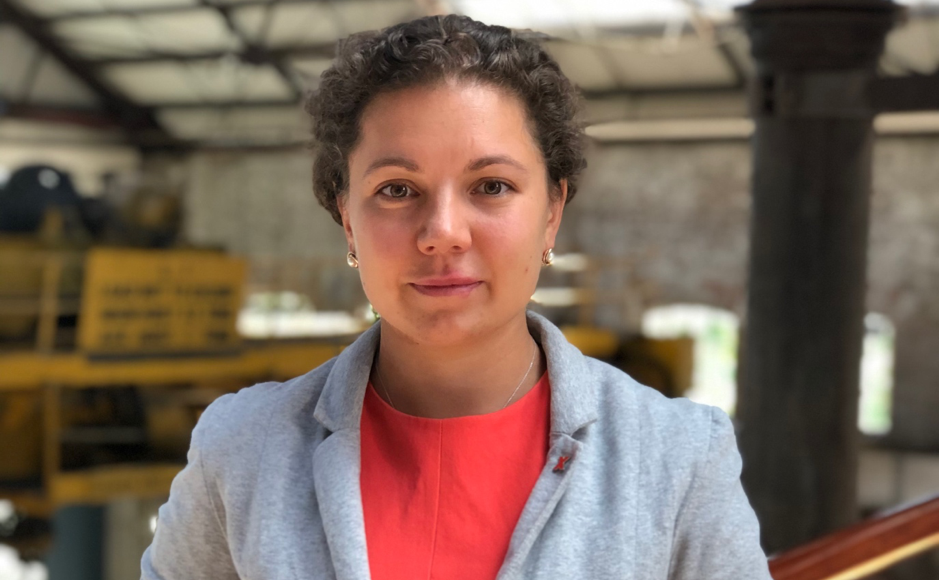1MG FlippingBooks
Australian agtech inventor makes MIT emerging innovator shortlist
Agtech entrepreneur recognised by the MIT Technology Review for founding FluroSat
Anastasia Volkova, CEO and founder of FluroSat, has been named as one of MIT Technology Review’s 20 emerging innovators under 35 in the Asia Pacific.
Volkova was selected from a pool of 200 candidates for her data analytics company, which combines imagery and farming records to generate recommendations on how to improve crops.
FluroSat claims its remote sensing technology and analysis tools can increase yields by 10 to 25 per cent while reducing fertiliser usage by up to 30 per cent, water usage by 25 per cent and the amount of nitrogen that is wasted.
The company uses hyperspectral cameras attached to drones and satellites to assess the health and potential of crops by taking snapshots of crop yields and collecting different ‘signatures’ in the soil that can recognise signs of stress, disease or deficiency.
The infrared imagery is also predictive because the cameras can identify nutrient deficiencies a week earlier than a farm would.
Volkova said she wants to use the FluroSat technology and decision support tools to “optimise crop production everywhere in the world to provide sustainable crops for a growing population.”
“Right now, it’s not profitable to be feeding the world and this is a challenge; it cannot stay like this for much longer.” Volkova explained.
The agtech company has secured $ 4.6 million in funding from companies including Microsoft’s venture fund M12, Artesian and GRDC’s GrainInnovate Fund and the Artesian Clean Energy Fund.
This funding will be put towards expanding FluroSat globally.
“I wanted to prove the company is scalable, and the value proposition is universal,” Volkova said.
Already, FluroSat is broadening its reach in the US market, targeting the supply chain, food processors, and brands that supply consumers, but Volkova says there is growth opportunity beyond the US market.
You can see here the full list for the MIT Technology Review’s Innovators Under 35 for the Asia Pacific region.

















